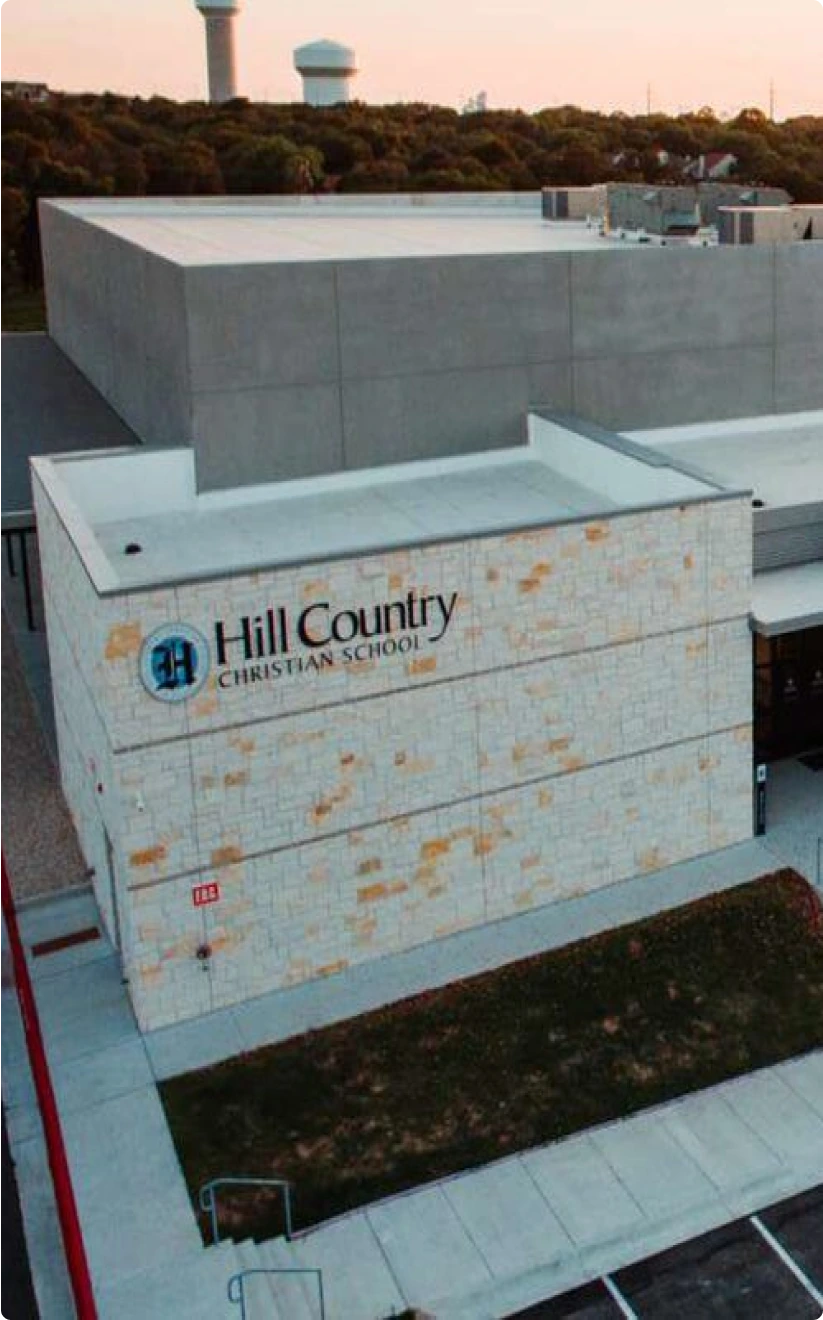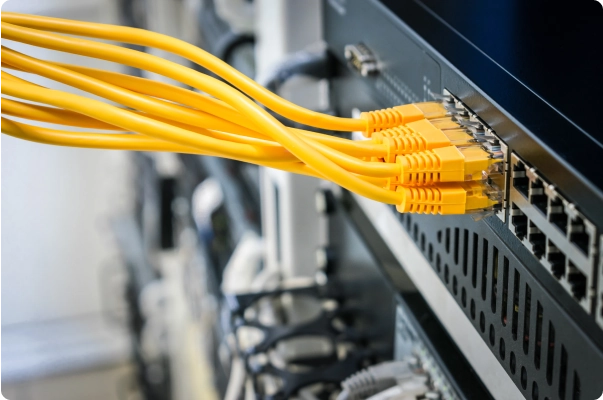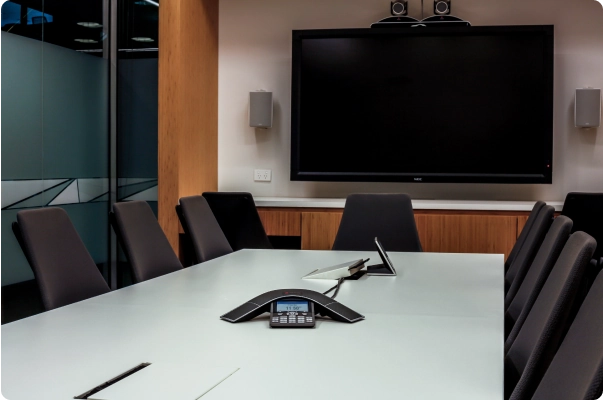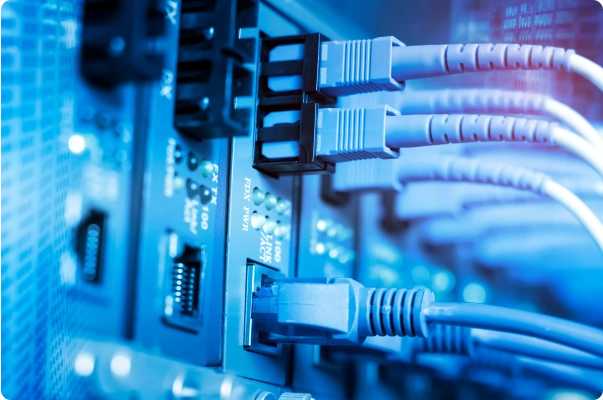Back to Industries
Structured Cabling for Education

Get Up & Running for the School Year
Telco Data has assisted many public and private schools over our 20 years in business. Working with local and national general contractors, we review each project in detail to make sure your network infrastructure is in place and functioning on Day One.
With a deadline and go-live dates being mission critical as the new school year kicks off, planning and communication help Telco Data to make a smooth and timely hand-off to your IT team. Telco Data has worked with local schools such as Wayside Schools, Macmillan Learning Center, Magellan International School, and NYOS Charter School.
Today’s digital and in-person classrooms are heavily reliant on a robust structured cabling infrastructure to meet the high bandwidth demands of video and data requirements. From wiring up classroom data outlets, to building out large MDFs, to the interconnected building to building fiber, we use the highest quality of fiber and copper materials.
Plus, with a 25-year manufacturer warranty on all products, you can rest easy knowing that your data infrastructure will be functioning at the highest possible performance. Reach out to Telco Data today to get your free quote and complimentary site survey schedule.







